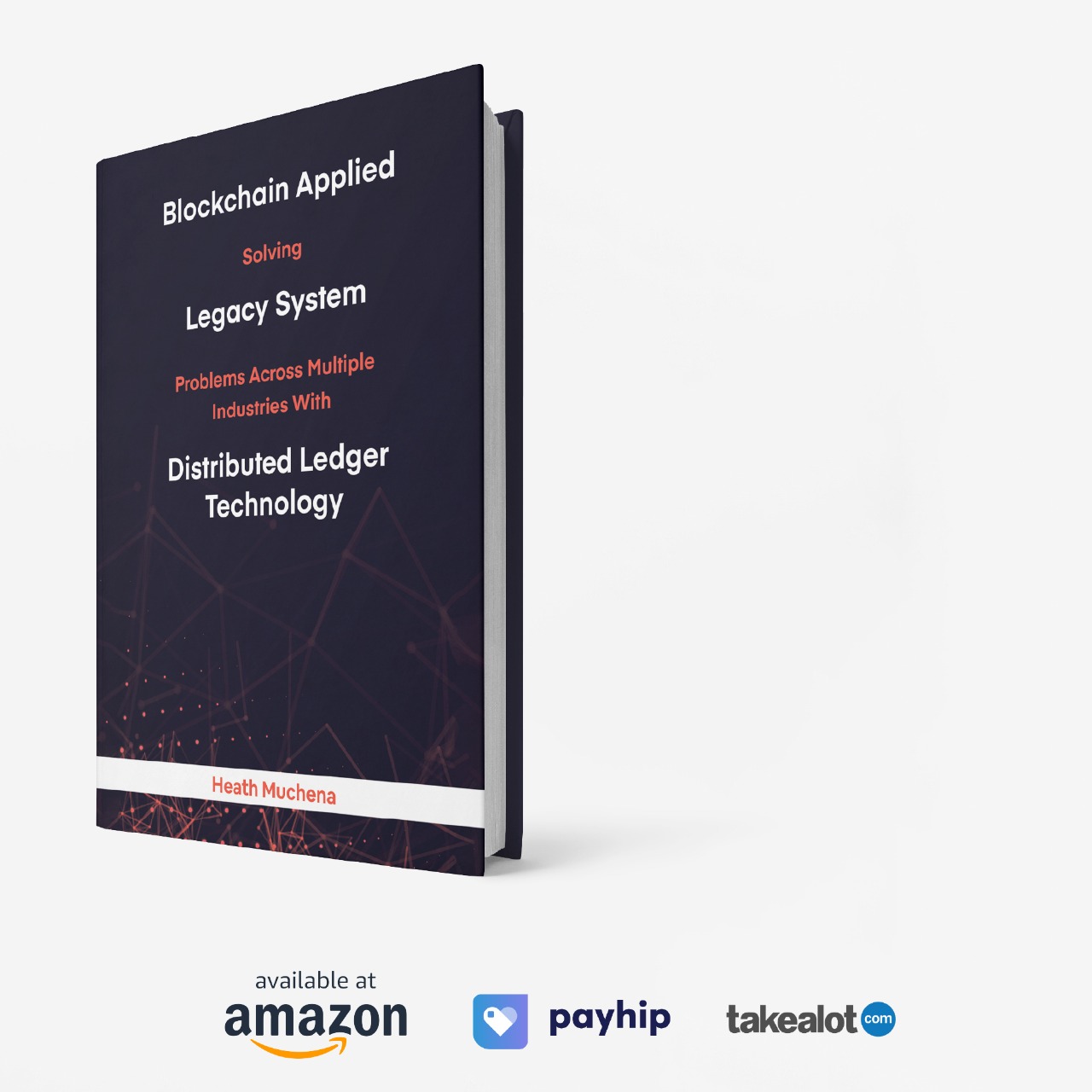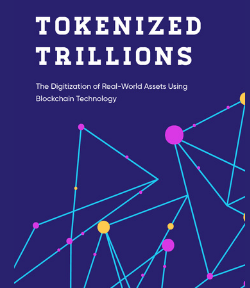
Why Crypto’s Stillness May Be the Setup for Its Next Boom
How a Global Liquidity Squeeze Froze the Crypto Cycle.
Something unusual is happening in crypto. Prices haven’t crashed, but they also haven’t climbed. Bitcoin drifts in the same narrow range. Altcoins move sideways. Even stablecoin supply, the clearest proxy for money entering or leaving the digital asset economy, hasn’t grown since the summer.
To the impatient eye, it looks like decay. The excitement that followed ETF approvals has faded, the speculative mania feels spent, and social media is a mix of sarcasm and fatigue. But the silence in the charts isn’t death — it’s hibernation.
Crypto isn’t collapsing. It’s waiting for liquidity.
No Money, No Movement
When people talk about “liquidity,” they often think of it as a vague market term — something traders mention when prices move. In reality, it’s the bloodstream of the entire financial system. Liquidity is the availability of capital to take risk, to buy assets, to expand balance sheets. When it flows, everything rises. When it tightens, everything stalls.
Right now, liquidity is tight. The global economy is wrestling with the aftershocks of synchronized tightening from major central banks. In the United States, the Federal Reserve’s quantitative tightening and the Treasury’s record debt issuance have drained cash from the system. The Treasury General Account (the government’s cash reserve) is holding close to a trillion dollars that isn’t circulating, while the reverse repo market — once a key liquidity valve — has run dry.
In short, there’s money in the system, but it’s trapped in the wrong places.
That’s why the crypto economy feels sluggish. There are fewer dollars chasing tokens, less leverage, and fewer speculative flows. Foundations are selling to fund operations, projects are conserving runway, and retail investors are simply out of fresh cash. It’s not sentiment — it’s math.
A Slow Economy in Digital Form
This is what a liquidity winter looks like: not a collapse, but a freeze. And like any economic slowdown, it can feel endless while you’re in it. But the underlying structure of the digital asset ecosystem hasn’t broken.
DeFi protocols still generate yield, albeit modestly. On-chain activity continues to evolve. Ethereum’s supply remains deflationary, and developer activity across new chains — from Solana to Base — is still growing. The problem isn’t innovation. It’s capital velocity.
Crypto’s correlation with global liquidity cycles is now undeniable. When central banks expand balance sheets, crypto booms. When they shrink them, crypto stagnates. That dynamic is clearer than any halving model or speculative rotation.
The Triggers Ahead
If you zoom out, several macro catalysts are quietly forming that could thaw this liquidity freeze. The U.S. government is expected to reopen large-scale fiscal spending once political gridlocks subside, unlocking the Treasury’s cash balance and sending money back into the economy. Rate cuts are on the horizon as inflation cools and growth slows. China is expanding its credit base to stabilize demand, while Japan and Europe continue stealth liquidity injections through their respective central banks.
All these threads lead to one outcome: more liquidity. And crypto, as one of the most liquidity-sensitive asset classes on earth, tends to react first and fastest.
When money starts flowing again, assets that have been suppressed the longest — the ones that spent a year in quiet consolidation — often lead the recovery. In previous cycles, Ethereum and Solana-style assets didn’t just rise; they multiplied.
Patience Is the Hardest Trade
What makes this phase difficult is that it tests conviction, not strategy. Markets are designed to exhaust participants before rewarding them. In crypto, that exhaustion is visible: traders arguing online, funds rotating into equities, investors questioning the entire narrative. It’s the behavioral echo of boredom — the most dangerous emotion in markets because it tempts you to move when standing still would serve you better.
Liquidity cycles take time. The conditions that drain markets rarely reverse overnight. But when they do, the effects compound quickly. Volatility rises, capital floods back, and assets that seemed lifeless can double before investors even realize the cycle has turned.
The Quiet Before Expansion
What we’re witnessing isn’t the end of crypto’s growth story; it’s the slow exhale before the next inhale. The digital economy mirrors the real one — and right now, both are between breaths.
Liquidity will return. Fiscal spending, balance-sheet expansion, and policy easing will eventually converge to reignite risk assets. When that happens, the capital that avoided crypto will chase it again, and the sideways charts that define this year will look like the accumulation zones they truly are.
For now, the market feels frozen. But under the surface, it’s coiling. And when liquidity comes back, it won’t whisper. It will roar.






